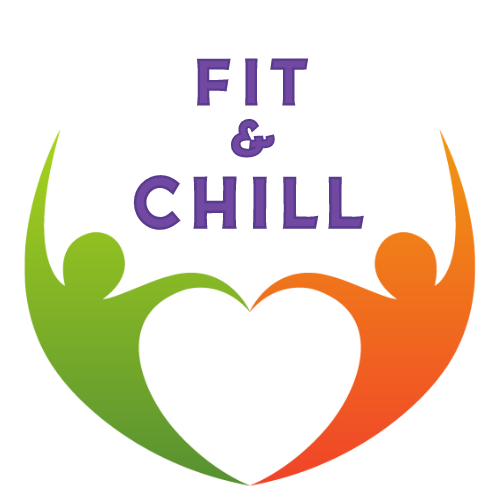Benefits of The Squat to Step Back
- Lower Body Strength: “Squat to Step Back” targets the muscles of the lower body, including the quadriceps, hamstrings, glutes, and calves, helping to strengthen and tone these muscle groups.
- Core Engagement: Performing squats and lunges engages the core muscles, including the abdominals and obliques, enhancing core strength and stability.
- Balance and Coordination: Stepping back into a lunge challenges balance and coordination, improving overall motor skills and movement efficiency.
- Functional Movement: The combination of squats and lunges mimics real-life movements such as bending and stepping, making it a functional exercise that translates to improved movement patterns in daily activities.
- Calorie Burning: Due to its compound nature and engagement of multiple muscle groups, “Squat to Step Back” is effective for burning calories and aiding in weight loss or weight management goals.
Tips for Beginners:
- Start Slow: Begin with a slower pace to focus on proper form and coordination before increasing speed or intensity.
- Focus on Form: Pay attention to proper squat and lunge technique, ensuring that your knees stay aligned with your toes and your back remains straight throughout the movement.
- Use Support: If needed, perform the lunges near a wall or sturdy surface for support and balance.
- Control the Movement: Lower your body into the squat and lunge positions with control, avoiding sudden or jerky movements to prevent injury.
- Listen to Your Body: If you experience any discomfort or pain, reduce the intensity or take a break. It’s important to listen to your body and avoid overexertion.



Leave A Comment